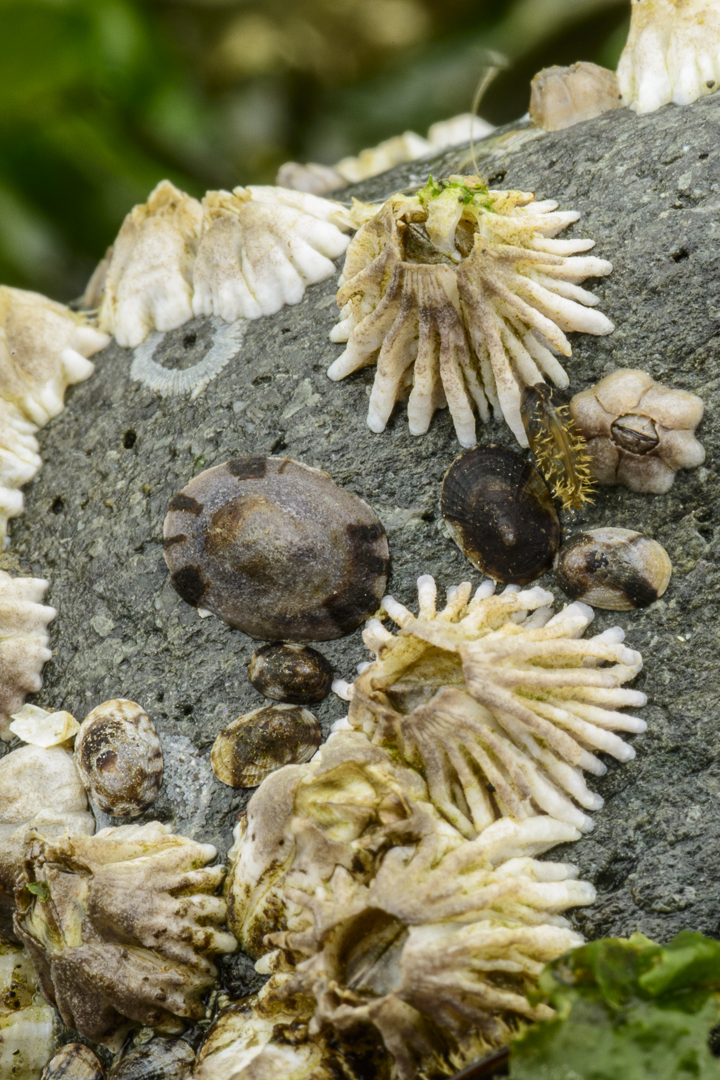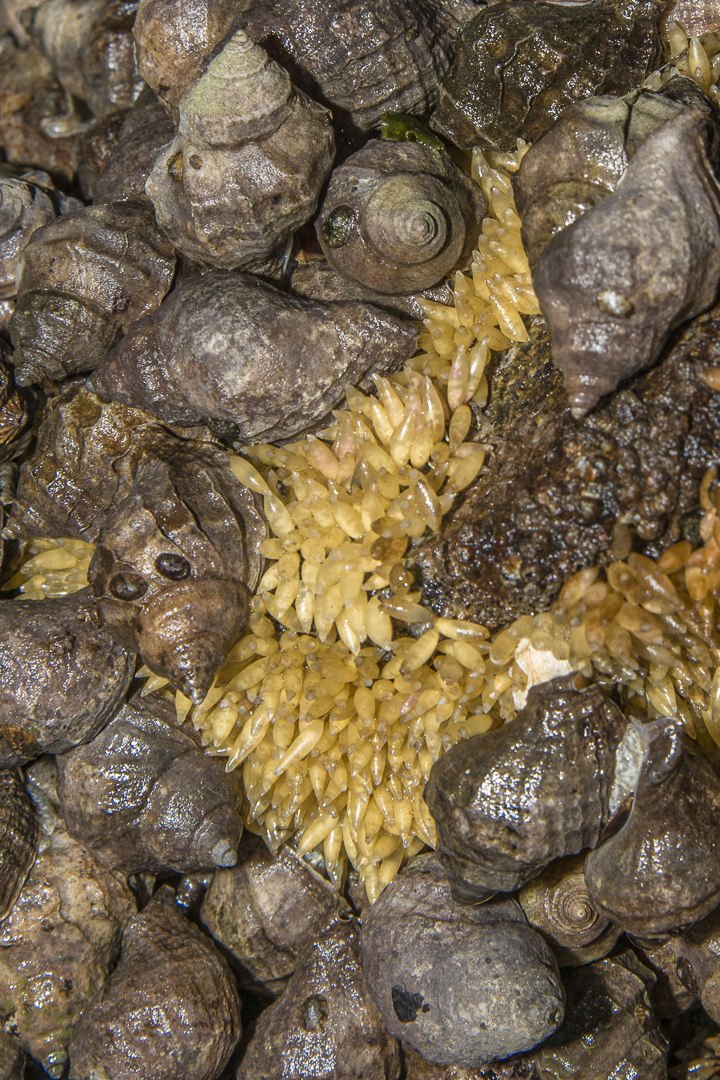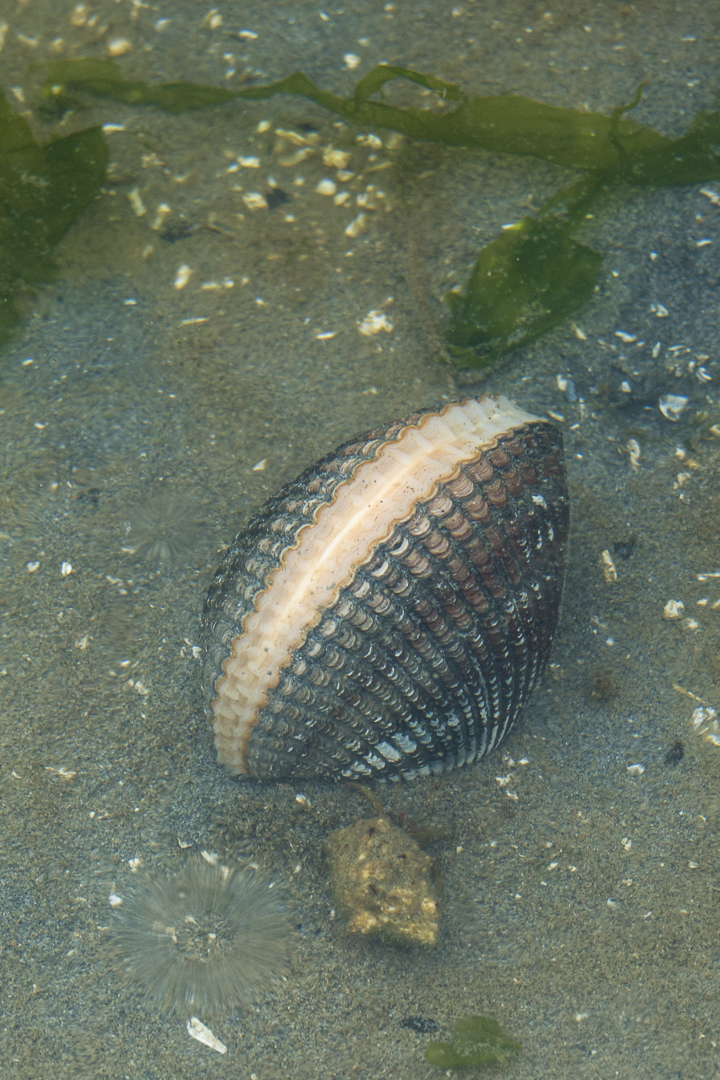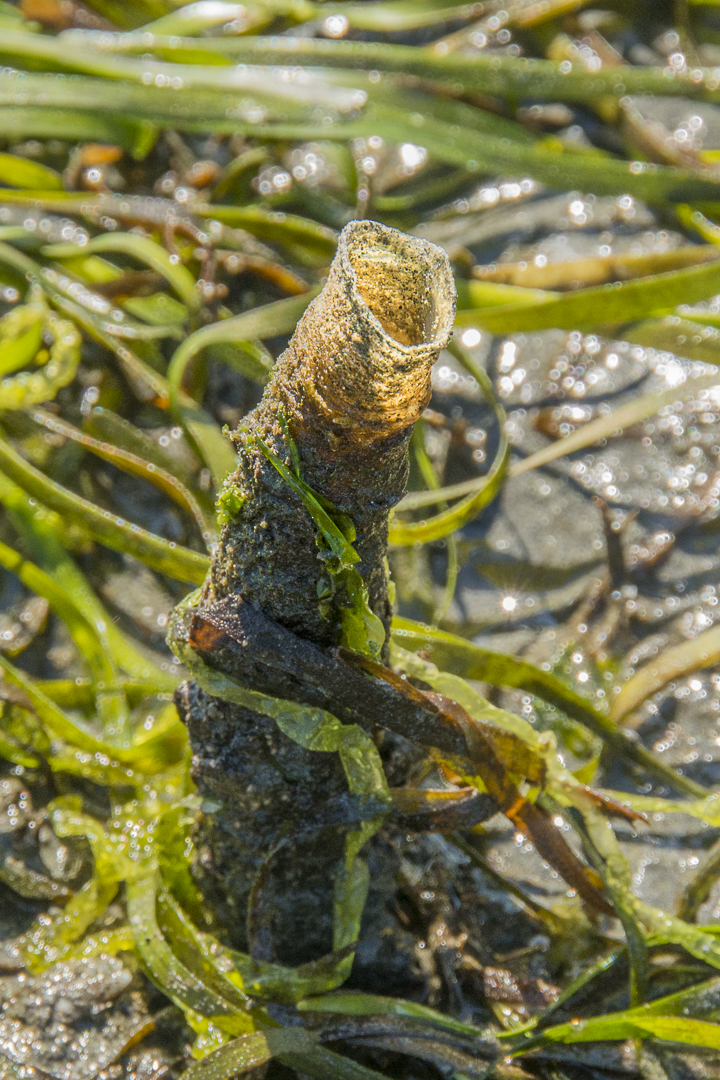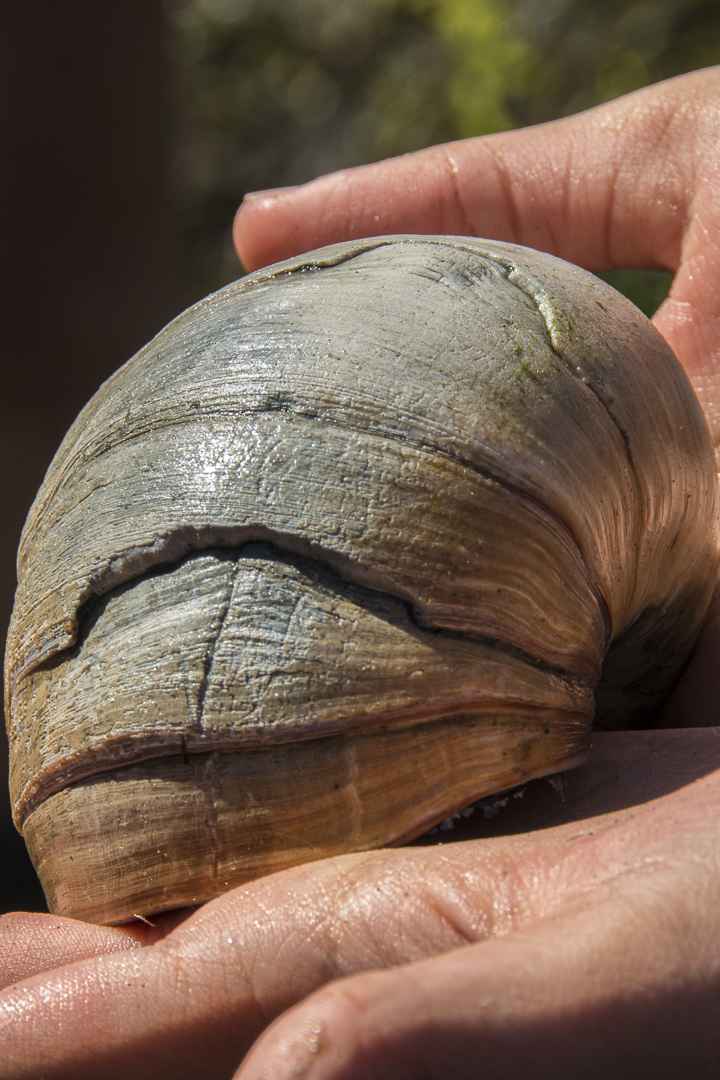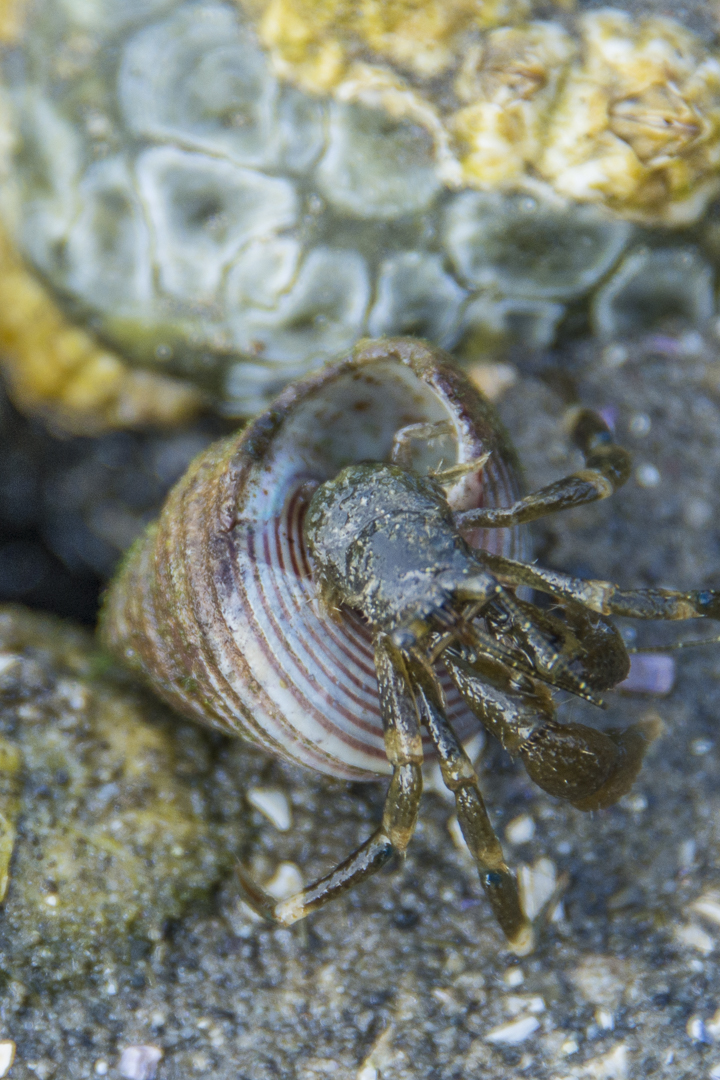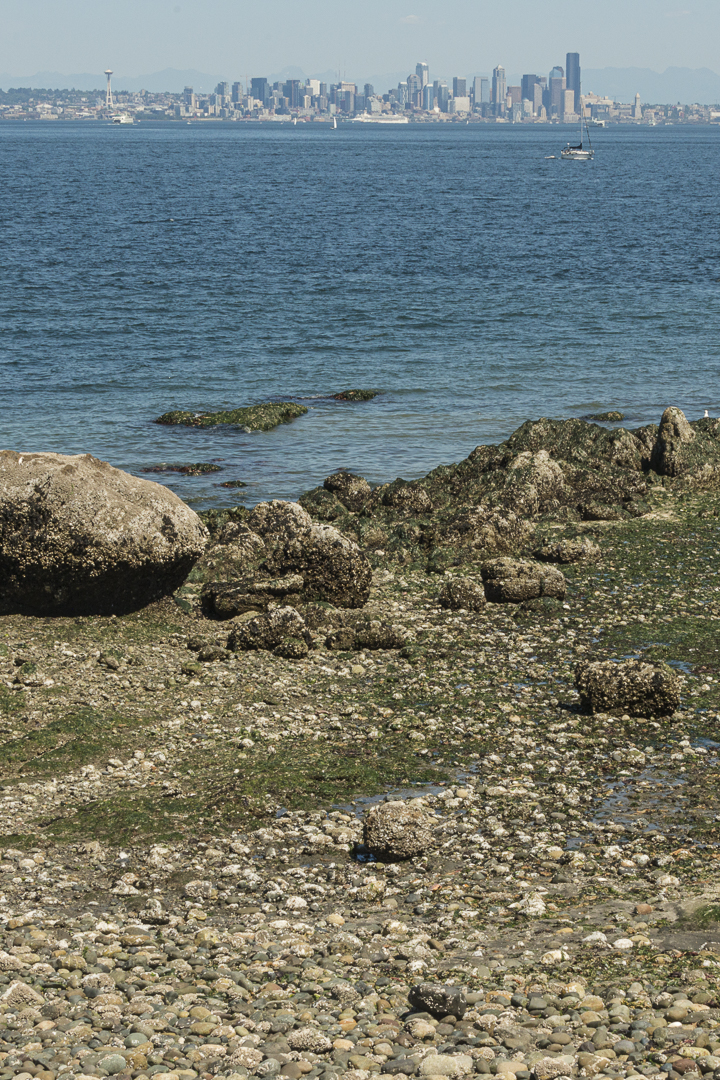BEACH HOUSES
Issue 12, Summer 2021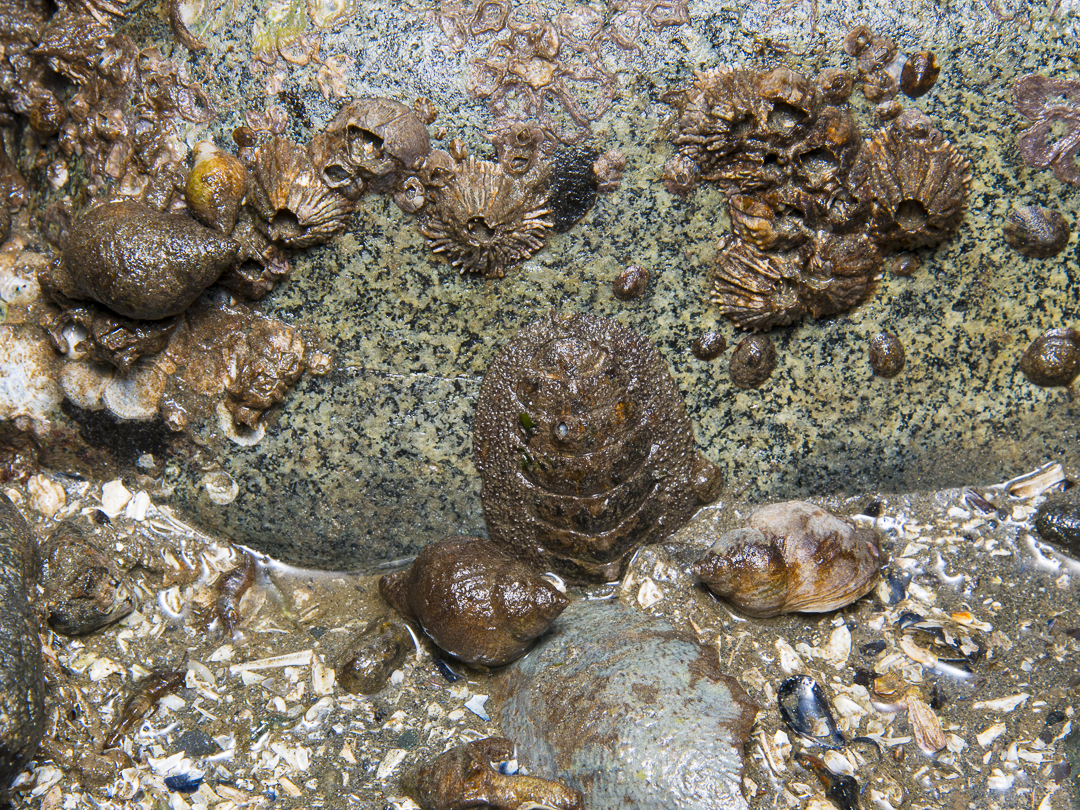
Photo by John F. Williams
BEACH HOUSES
Issue 12, Summer 2021
WELCOME TO THE SUMMER 2021
ISSUE OF SALISH MAGAZINE!
[Table of Contents is below this editorial]
by Sara Noland, Guest Managing Editor
When I think about pleasant places where an animal might live on planet Earth, I have to say the beach is not on the top of my list. The adjective that comes to mind is “harsh.” Summer must be especially rough if you’re a barnacle, whelk, limpet, sea anemone, or other creature living here along Puget Sound. The tide creeps in and out twice a day, submerging the shore in cold salty water for several hours, receding to expose everything to sun and wind, then it’s back underwater again. The part of the beach that’s subject to this twice-daily cycle is known as the intertidal zone. It seems like a lot to ask a teeny shore crab or a mussel tethered to its rock to not only survive but flourish under these conditions.
And yet, every time I visit a beach I marvel at how life colonizes, covers, and carves this habitat. Not only the rocks but even a piece of rope washed up on shore are coated white with barnacles. The brown hat of a limpet shell has a minute barnacle attached to it like a jaunty flower. Snail eggs crowd the shady, wet underside of a large rock. Upshore from the rocks, the last high tide left a ribbon of beach wrack that’s buzzing with invertebrates that live there in the tangle of rotting seaweed, bits of wood, and other flotsam. Life crowds inside, on top, side by side, under, and all-around other life. If you start digging, even the sand or mud underfoot is alive with clams and worms.
So the concept of “beach houses” is complicated for me. There are the straightforward (but still marvelous) ideas about creatures building or acquiring shells or other hard coverings to protect them from predators, the elements, and each other. There are behaviors to protect soft bodies from drying out, like the anemone pulling in its tentacles at low tide. There’s the concept of ecological niches — creatures being able to make use of unique, perhaps even ephemeral homes, such as the beach wrack. There’s zonation, where certain creatures occupy certain bands of elevation on a beach depending on their needs for being under or out of the water throughout the tidal cycle. There’s competition, predation, herbivory, parasitism, all the “isms” I learned about in marine biology class.
In this issue of Salish, authors share their love for beach houses, both by describing some of the creatures you’re likely to find, and by providing tips to help you to be a good steward when you visit the beach. I hope I’m always able to keep learning about the intertidal zone. The beach always feels like home to me — maybe it’s the salt-seaweed smell, or the light, or the memories of many beach trips over the past half century, from Long Beach to Vancouver Island and many beaches in between.
A Practical Note: a couple of articles that touch on collecting shells at the beach. As beach visitors, we need to think about whether collecting shells is good for the ecosystem. Many beach animals re-use the empty shells of other dead creatures as places to hide or, in the case of hermit crabs, even as portable homes. Empty shells are eventually worn down by the waves and contribute nutrients back to the system. So, taking empty shells home to collect dust on a shelf may not be the highest calling for these resources. However, for people who actually use collected shells for education or scientific study, the shells are tools for learning rather than just souvenirs. To me, a limited amount of responsible collecting for these purposes serves a greater good. Of course, if you’re in a place where collecting is prohibited by the land owner or manager, those rules should be respected no matter what your purpose.
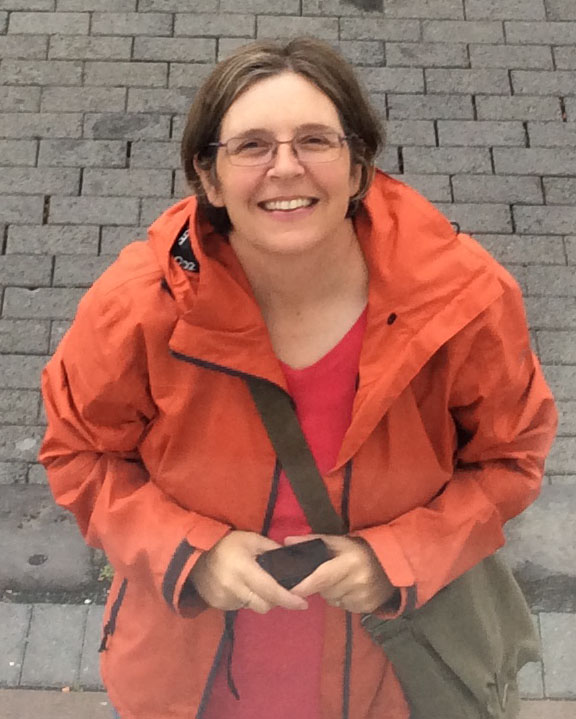
Sara Noland grew up in the wilds outside Renton, attended UW and Western, and has lived in Everett for the past quarter century. She was fortunate to spend a quarter of her undergraduate life at UW Friday Harbor labs. She shares a tiny house with her husband and a herd of cats and dogs. Sara works and volunteers as a biologist and writer; her favorite topics are Washington beaches and lowland forests.
Table of Contents
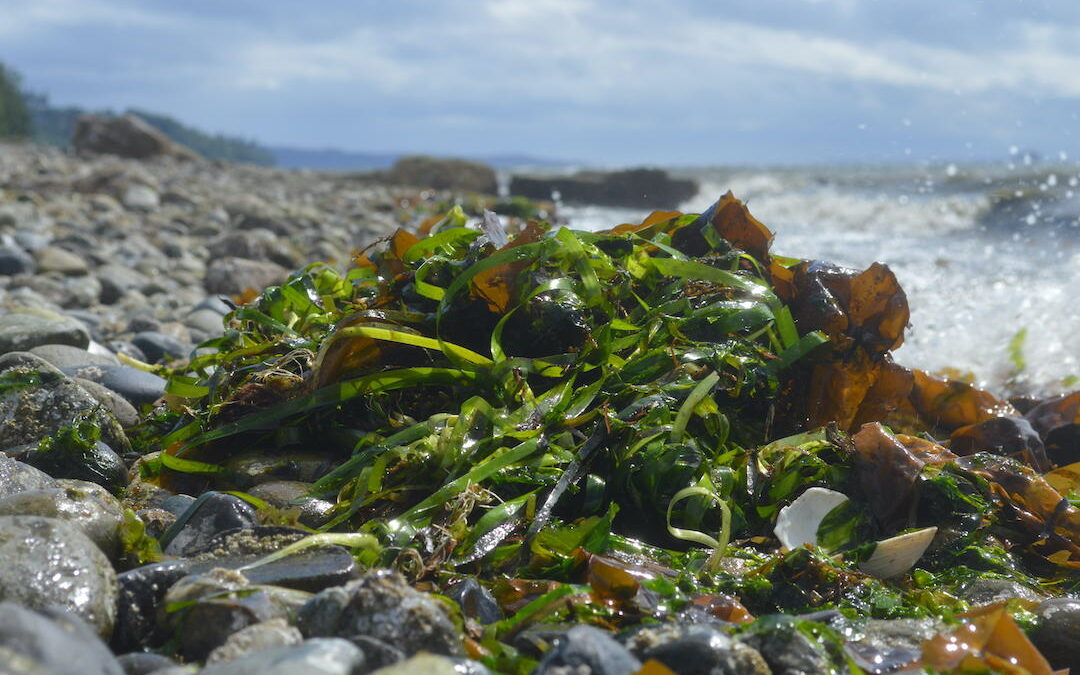
Beach Wrack
by Nick Baca
Summer year
Purples, reds, and greens of seaweed wash up on the beach as a vibrant blanket: food and shelter for a variety of animals. Waves rhythmically push these on the shoreline
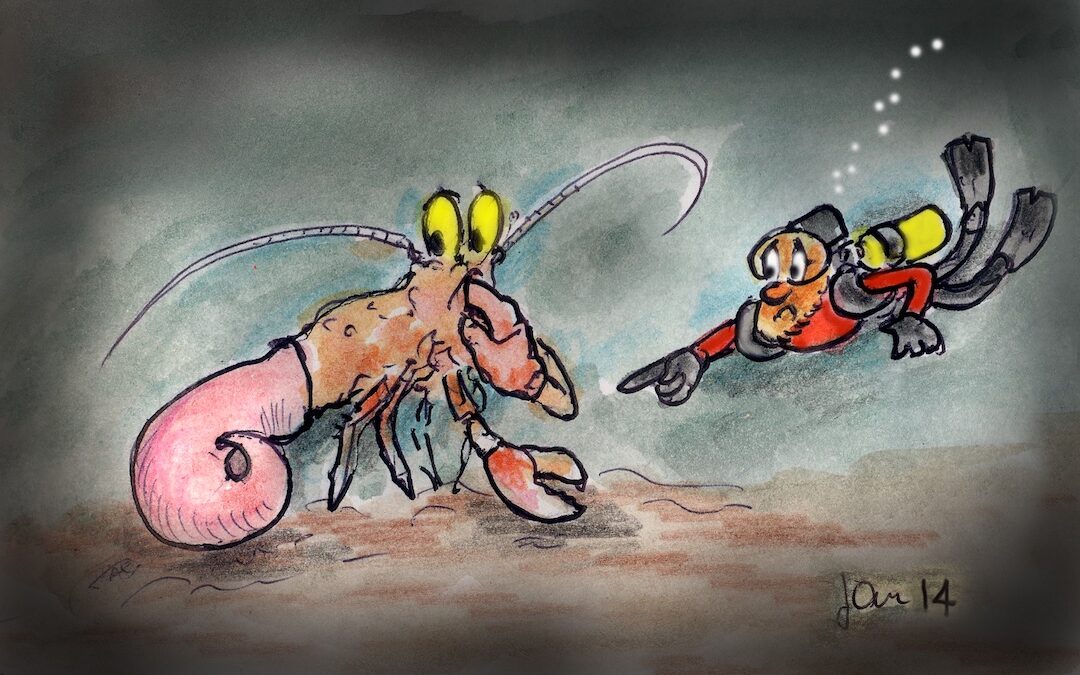
Hermit Crabs
by Sadie Bailey
Summer 2021
Hermit crabs live in borrowed shells since their abdomen has no shell and is soft and vulnerable. They drift until they are big enough to find their first mobile home.
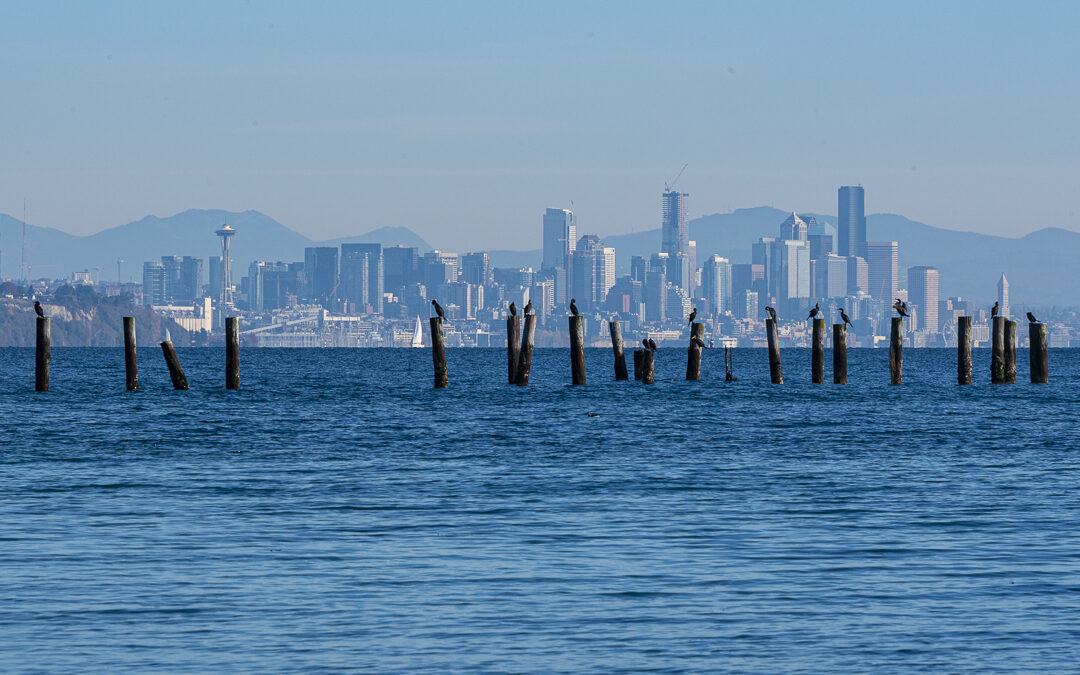
Piling Up
by Jeff Adams
Summer 2021
Relatively common and accessible structures to explore on a low tide are pilings, where tides create a home much more like a high-rise apartment than ranch-style house.
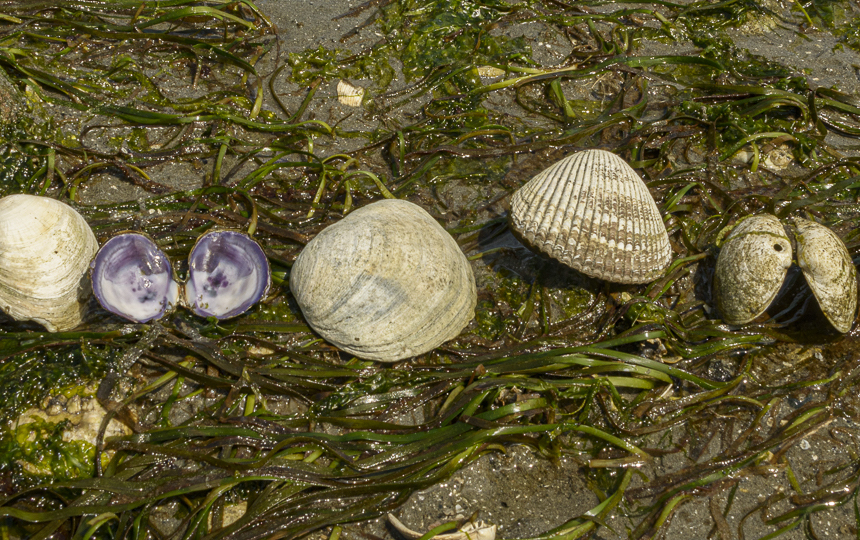
RVs of the Beach
by Thomas Noland
Summer 2021
“All the empty clam shells on the beach made me wonder about the lives of clams around the Salish Sea.” Here’s a look at general characteristics of clams & how they differ
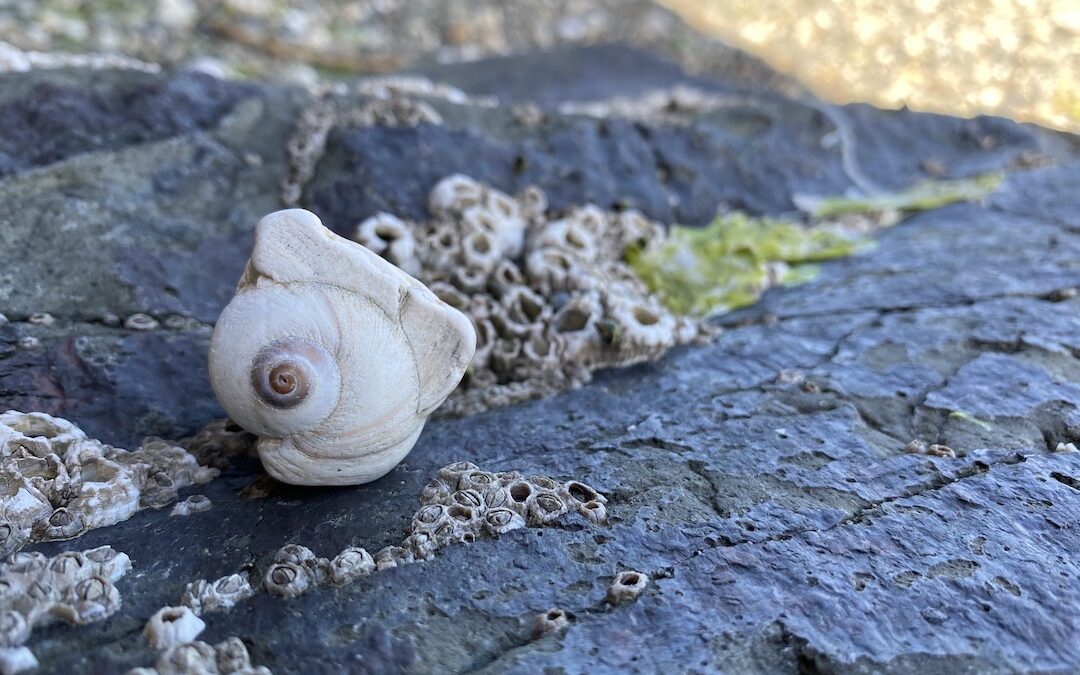
Shell Shapes
by Chris Rurik
Summer 2021
On the beach it’s not the perfect specimens that draw me. It’s the sculpted forms, no two alike, of shells being returned to sand: nature’s order being ground back down
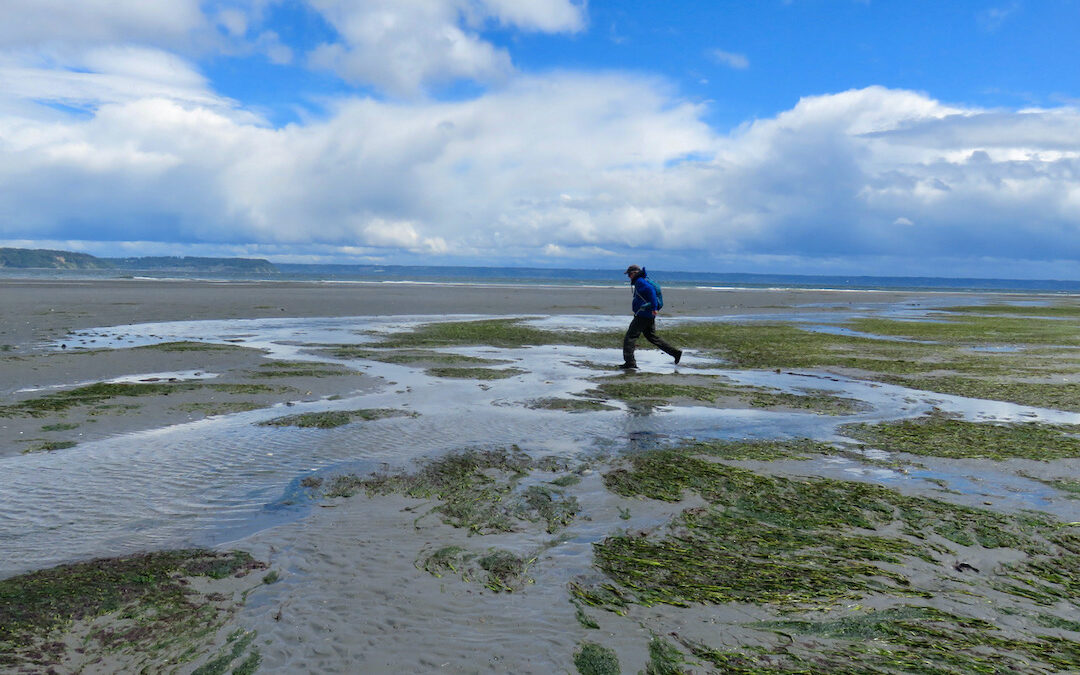
Moon Snails at Low Tide
by Marilyn DeRoy
Summer 2021
At the end of May, we had two days of minus 3.8’ (minus 1.15 m) tides around the Kitsap Peninsula; wonderful for exploring the intertidal zone, and to see moon snails.
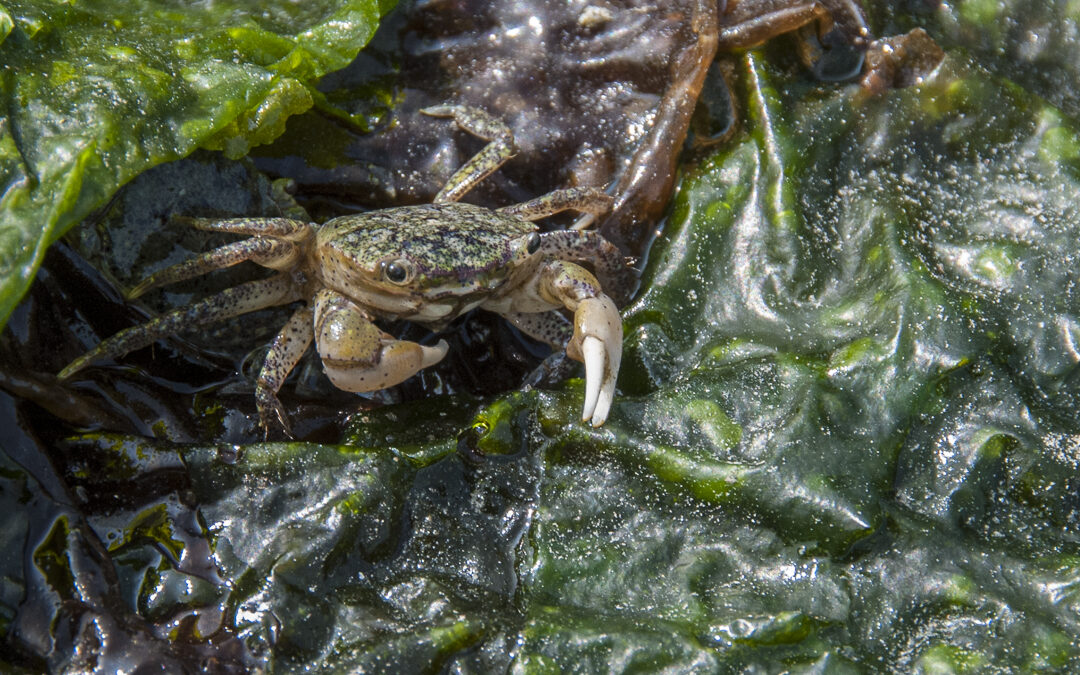
A Rainbow of Crabs
by Laura Marx
Summer 2021
If you’re interested in finding crabs, you’re in luck if you know where to look! Crabs prefer to be out of sight and are masters at seeking out the best hiding spots.
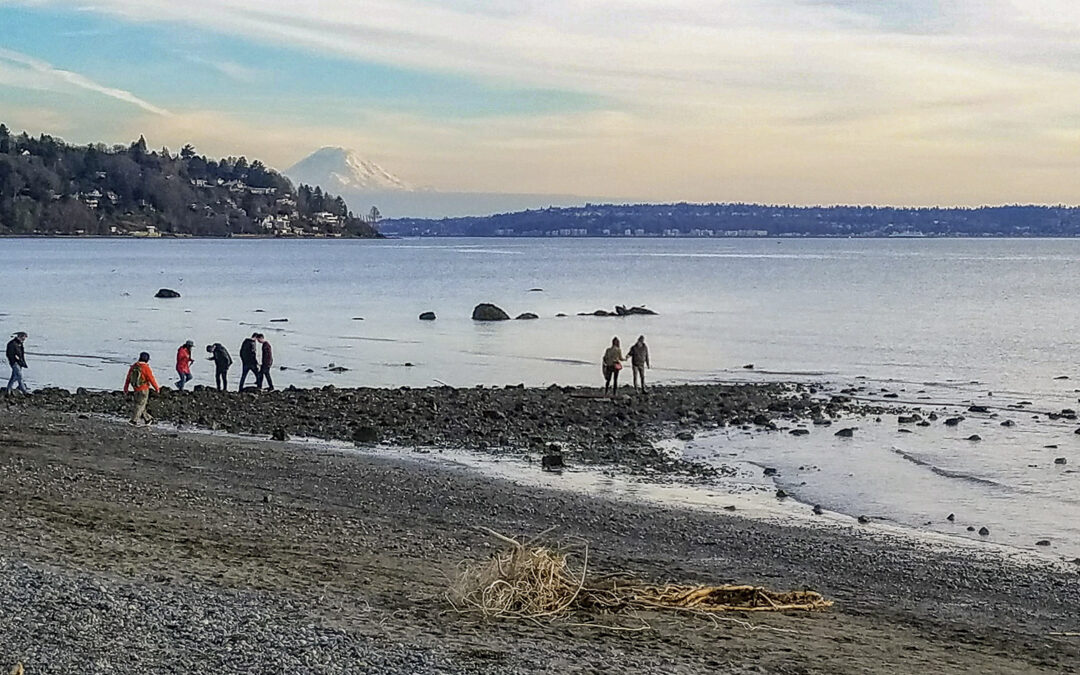
Poetry-12
by two Jessicas
Summer 2021
The strong shells of a clam, the soft and wet sand, the seemingly infinite expanse of the cosmos: all different notions of “home” that factor into beach houses.
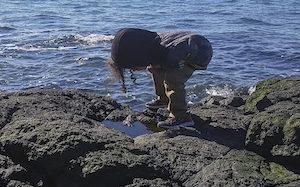
Hello Under There
by Sarah Lorse
Summer 2021
When you explore the Salish Sea shoreline, you are a visitor to an expansive beach house community. Here are some guidelines to help you respectfully meet the neighbors.
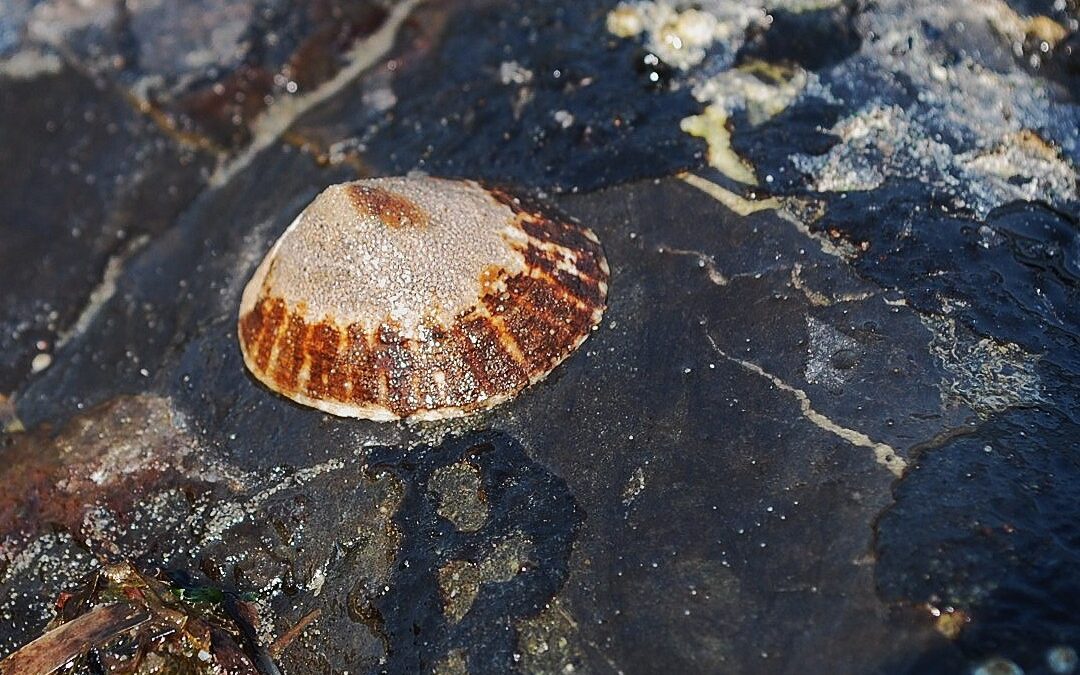
Home Sweet Home
by Barbara Erickson
Summer 2021
As vegetarians, limpets make their way to the shoreline where most of their food lies. They glide on their single, mucus-covered, muscular foot, like that of a snail.
Salish Magazine
Publisher: John F. Williams
Guest Managing Editor: Sara Noland
This magazine is a nonprofit project of:
SEA-Media
P.O. Box 1407 Suquamish WA 98392
info@sea-media.org www.salishmagazine.org
Copyright SEA-Media, 2021
All rights reserved. Reproduction in whole or in part without consent of copyright owner is strictly prohibited.
SEA-Media is a 501(c)(3) nonprofit corporation
Extra special thanks to:
Sara & Tom Noland, Adelia Ritchie, Grant Blackinton, Susan W. Merrill, Greg Geehan, Sheila Kelley, Phillip Rosaaen, and all of the credited authors and image contributors.
Sincere thanks also to our Patreon patrons:
Brooke Thompson, Judy Atkins, Wendy McClure, Robyn Johnson, Bob Johnston, Babara Wilhite, Carolyn E Hart, John A Wiles PhD, Barbara Brooking, Melissa Fleming, Sara Wade, Beverly Parsons, Phillis Carey, Tena Doan and Earl Doan, John Willett
And sincere thanks to our all of our donors, especially these from 2021:
Elizabeth Bamber
Joan Beard Photography
J. Frisbee Campbell
Charles D. Champlin Jr.
James & Marilyn DeRoy
Judith Duncan
Melissa Fleming
Gwen Foor
Kim Greenwood
Albert Gunby
Kevin Jackman
Andrea Jessoe
Kitsap Audubon Society
Diane Landry
Lisa Macchio
Susan McDonald
Thomas McDonald
John McKenzie
Emily Morgan
Tania Opland
Elisabet Orville
Carmon Rene Parisi
Amy Roszak
Stephen Rubin
Ron & Nancy Sefton
Marie Sprandel
David & Kathleen Thorne
Philene Vaivods
John van den Meerendonk
Catherine Whalen
Clay Wilson
Sharyn Woerz
PLEASE HELP SUPPORT
SALISH MAGAZINE
DONATE
Salish Magazine contains no advertising and is free. Your donation is one big way you can help us inspire people with stories about things that they can see outdoors in our Salish Sea region.
We also don't advertise Salish Magazine, so please spread the word of this online resource to your friends and colleagues.
Thanks so much for your interest and your support.
We also don't advertise Salish Magazine, so please spread the word of this online resource to your friends and colleagues.
Thanks so much for your interest and your support.

